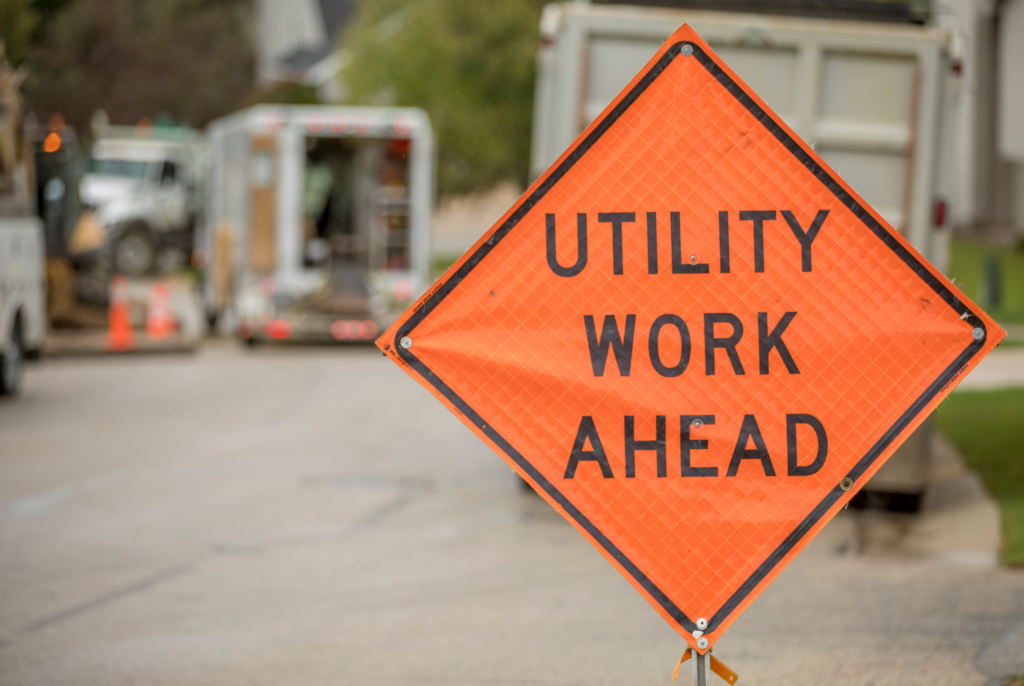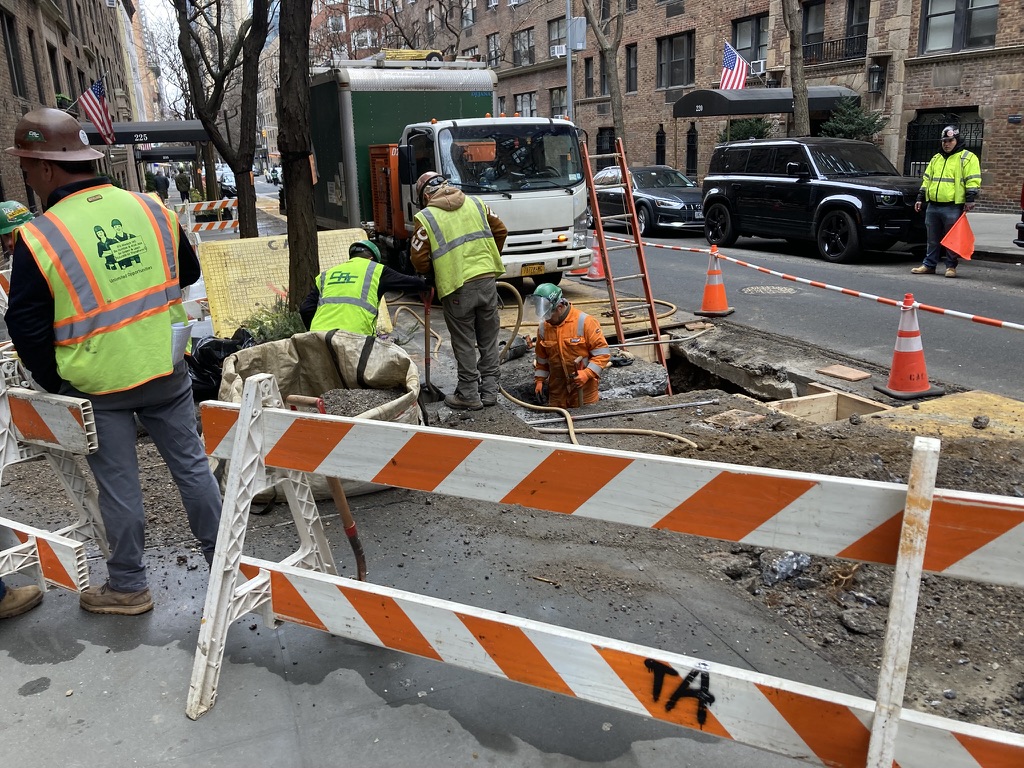Utilities across the country have successfully used automatic enrollment models for advanced metering infrastructure (AMI) upgrades—and these programs offer a useful blueprint for lead service line replacement (LSLR).
Like LSLR, AMI projects can require access to private property, creating similar challenges around customer engagement, enrollment, and scheduling. Instead of requiring customers to opt in, many utilities—such as Liberty’s AMI program in New York, and programs in Ann Arbor, MI (pdf) and Santa Monica, CA (pdf)—automatically enroll customers and simply offer an option to opt out, often with a fee.
In River Falls, WI, opt-out policies apply to both electric and water utility equipment, and the Madison Water Utility’s program was approved under similar terms by the state’s Public Service Commission. National Grid’s gas and electric program (pdf) in New York and Montana’s opt-out AMI regulations further reinforce this model.
Often, customers who opt out pay fees for inspections or lose access to benefits like leak credits—an approach that could also be adapted for LSLR programs to encourage participation.. Utilities may also consider a surcharge for those who opt-out to collect funds for future LSLR replacements.
These programs demonstrate that automatic enrollment, already widely accepted in utility upgrades, can reduce administrative burdens and improve participation—key benefits for accelerating LSLR efforts.



